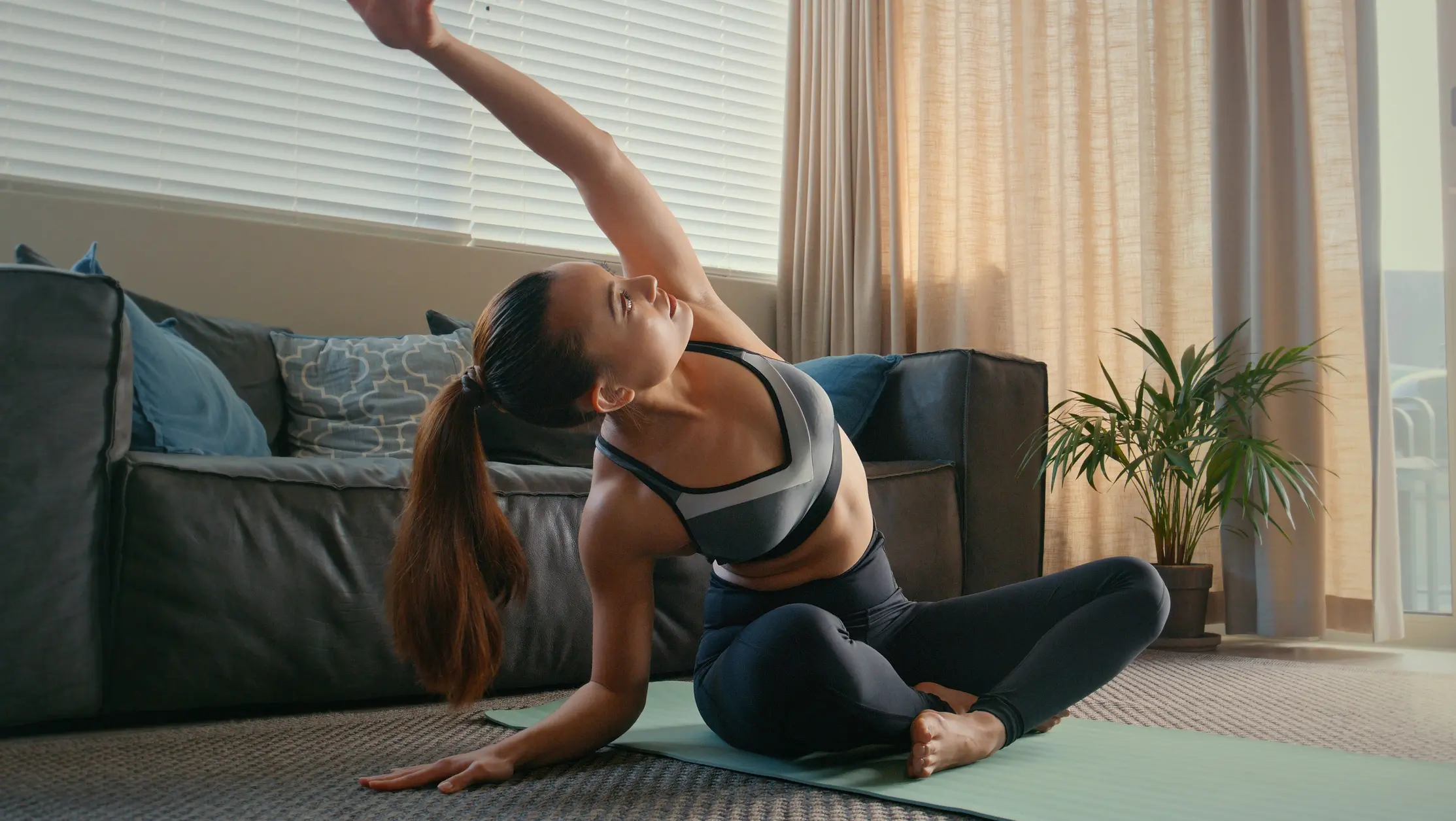Here’s a practical, down-to-earth guide to seven simple cool-down methods you can weave into any workout routine—whether you’ve been pounding the pavement, pumping iron, or flowing through yoga. Each technique helps your body transition back to rest, reduces injury risk, and eases muscle soreness, so you bounce back stronger for your next session.
1. Ease Out with Light Cardio
After your last rep or sprint, don’t slam the brakes on your effort—gradually taper the intensity. Five to ten minutes of slow walking or very light jogging helps your heart rate and blood pressure drift back toward baseline, preventing dizziness or blood pooling in your limbs. Athletes often skip this step when they’re pressed for time, but research shows it’s one of the most effective ways to stave off post-exercise light-headedness and fainting.
2. Hold Static Stretches
Once your pulse has eased, spend another five to ten minutes on static holds—stretching each major muscle group for 15–60 seconds without bouncing. Target the muscles you worked hardest: calves, quads, hamstrings, chest, shoulders and back. Static stretching at the end of a workout improves flexibility more than stretching cold, because your muscles and joints are warm and malleable.
3. Flow Through Dynamic Mobility Drills
Static holds feel great, but adding gentle movement—leg swings, hip circles, arm circles—can enhance joint lubrication and range of motion. Physical therapists recommend pairing static stretches with dynamic mobility to prime connective tissues for everyday motion and reduce stiffness. Aim for two to three minutes per joint, moving deliberately rather than rushing.
4. Roll Out the Knots with Foam Rolling
Foam rolling—or self-myofascial release—applies sustained pressure to tight spots, boosting blood flow and helping dissipate metabolic byproducts like lactic acid. Roll slowly over sore areas for 30–60 seconds each, stopping just short of intense pain. Research suggests this practice can cut down on delayed-onset muscle soreness (DOMS) and speed the feeling of recovery.
5. Breathe Deeply and Center Your Mind
A cool-down isn’t just physical—it’s mental, too. Spend a few minutes lying on your back or sitting comfortably, inhaling deeply through the nose for four counts, holding for two, then exhaling for six. This deliberate breathing calms your nervous system, drops cortisol levels, and reinforces that “work hard, then rest hard” balance that underpins both recovery and long-term fitness gains.
6. Rehydrate and Refuel Lightly
Though proper post-workout nutrition is its own topic, the cool-down window is a prime time to sip fluids and nibble on a small snack. Drinking 500–700 mL of water (or a beverage with electrolytes) for every pound lost during exercise helps restore your fluid balance. A 20–30 g protein shake or a handful of nuts within 30 minutes of finishing seals the recovery deal by kick-starting muscle repair.
7. Try Contrast or Cold Therapy
Finally, give your body an extra edge with temperature tricks. A brief ice-bath (10–15 °C) or alternating hot-cold showers constricts then dilates blood vessels, flushing out waste products and reducing inflammation. While the evidence is mixed—some studies show only modest benefits—many athletes swear by this ritual for quicker turnaround between hard workouts.
Putting It All Together
You don’t need every tool in every session. On busy days, two or three of these steps—light walking, a couple static stretches, and deep breathing—go a long way. When time allows, layer in foam rolling, dynamic mobility, and a post-workout snack. And on recovery-focused days, consider that quick cold plunge to reset your system.
Consistency is key: by building this cool-down habit, you’ll minimize soreness, cut injury risk, and make each workout more effective. Treat your body with this extra bit of care, and it will reward you with stronger, more resilient performance.
As of 2023, wearable technology has advanced to provide real-time feedback on your cool-down effectiveness. Devices can now track heart rate recovery, hydration levels, and even muscle tension, offering personalized recommendations to optimize your post-workout routine.
Recent studies have highlighted the benefits of incorporating mindfulness techniques, such as guided imagery or meditation, during the cool-down phase. These practices can enhance mental recovery and improve overall well-being, complementing the physical benefits of traditional cool-down methods.















One Comment